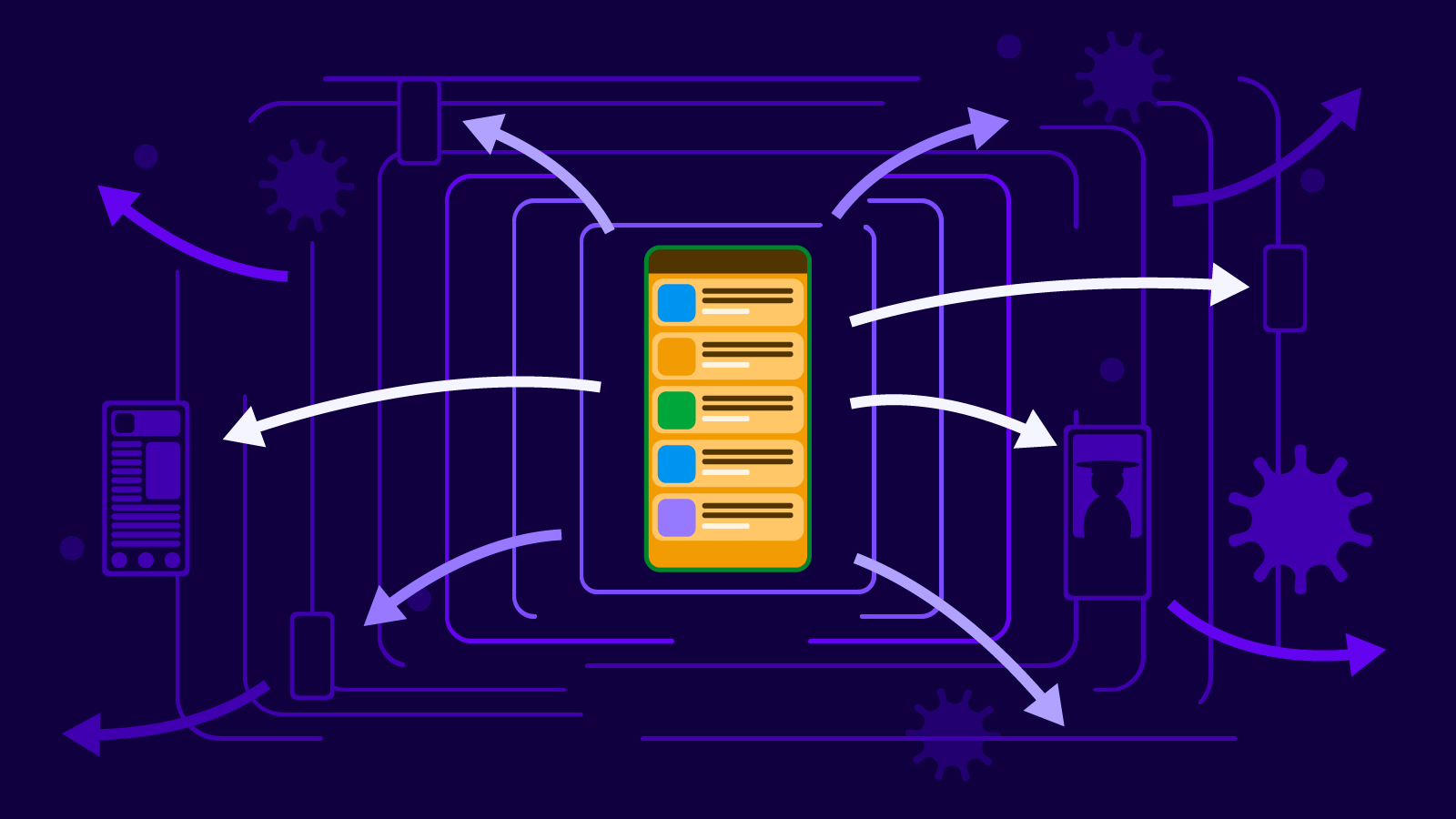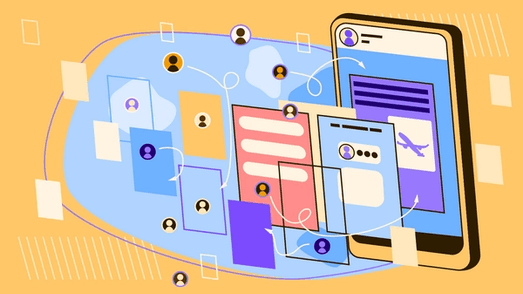At even a brief glance at the differences between businesses that have been struggling versus those who have not, it is clear that those in the latter category either have had most of their activities online or have been able to move swiftly to remote activities.
Essentially, the main problems arise from either moving the offline activities online or managing the complexity of overwhelming online activities.
In this article, we have tried listing problems companies and teams are facing in their Quality Assurance, and how we can help them tackle some of these issues effectively. We propose that some changes can lead not only to reducing the negative impact of COVID-19 but also to improving and scaling the QA processes.
The major impact of COVID-19 in QA processes
Human Resources
The number of people getting affected by the virus has been increasing tremendously over the past few weeks. While obviously, the main priority of companies is the health and wellbeing of their employees, being able to survive the COVID-19 storm financially remains one of the top priorities still, to sustain the employees and the company itself.
Team size
The number of employees throughout the crisis can decrease and vary tremendously depending on the geographical location of the company and its employees' demographics.
Flexibility
There is also quite a large number of people who have travelled back to where their families are located. Businesses with higher rates of international employees are facing issues related to time zones, and therefore the flexibility of the team members.
Transitioning online
Most countries have taken extreme measures to protect the population by enforcing lockdown and self-isolation. Businesses that were operating offline (e.g. retail) were closed, and even those which were facing their customers online had to close their offices and start working remotely.
External transition
By external transition here we mean products and services. To avoid bankruptcy, businesses are trying to figure out ways to provide their products online, by creating technological solutions.
Internal transitions
Internal tools for communication and management are those we are referring to here. Finding the best tools for the transition has definitely been a prevalent task for the affected businesses.
Challenges faced in QA due to COVID-19
Quality and meeting the demands
Unless your operations were performed online fully prior to the virus, it is likely that you would have to make drastic adjustments to your business model. Most businesses are transitioning to remove services as they are trying to keep themselves afloat.
Since software applications are the only means of communication with customers, the demand for online services and products has been on a rise. Businesses are forced to keep in touch with their customers, create mobile applications, or alternatively shut down completely.
Companies’ reputation is now fully dependent on these applications, making their quality one of the top priorities. QA teams are forced to double down on their speed, and developers are working hard to make sure that the applications are performing as intended.
Team size and hiring
While some companies strongly affected by the virus are downsizing their teams, others are hiring more people to be able to meet their customers’ demands online.
Whether you are choosing one or the other, you are going to be facing challenges. It is burdensome to let some of the most valuable staff go and to put their families in difficult situations. When downsizing your QA team, you might find that selecting the key team members to stay is a hard task, since every one of them usually contributes to a better quality of the product.
Hiring more people on the other hand is bound to put you in an even more difficult position. Some of those consequences are listed below.
Management
As we mentioned before, company internal transitions are a big part of the adjustment process. Tech teams seem to benefit from remote working since they don’t have to engage in the time-consuming and day-to-day office activities.
On the other hand, the points mentioned above also lead to difficulties in the management of the QA teams, their tasks and priorities.
Hiring
Prior to coronavirus days, hiring people for QA would probably take you anywhere from several weeks to several months. As QA teams are responsible for the quality of the end product, you do not want to hire in a rush, especially because 100% of your reputation during the lockdown will depend on the quality of your online products.
Even if hiring becomes your number one priority, the process might still take you weeks to complete, eventually costing you a large chunk of the allotted budget and time. And it is highly unlikely that you can afford such sacrifices.
Moreover, the salaries of the new hires can add up quite quickly. The average salary of a QA tester on Glassdoor is a little over $44,000, and twice as much for a QA automation engineer.
Your time spent on the hiring, plus the salaries, plus the training, plus the risks of hiring in a rush, does not equate to the cheapest and most efficient way to ensure your product stands the quality tests.
In-house testing and resources
Normally, QA teams spend large amounts of time and resources on making sure the software is defect-free using the resources provided by the company. Such resources are put on hold for the most part, and most testers work individually from the comfort of their homes.
Dependency on company resources is what makes in-house testing so much less effective in remote environments, thus leaving vulnerabilities in the software. Obviously, providing testers with devices and environments while a plausible solution, is less than ideal and cost-effective.
Real user interaction & focus groups
One of the last and arguably crucial steps in testing is usability testing. It refers to a process of evaluating a product or service by testing it with the representative users. Typically run in groups of 5-10 people, focus groups allow for a better understanding of how users perceive the product. It ultimately enables companies to validate their value propositions and test the product with real users - something irreplaceable by manual or automated testing.
Obviously, running such groups or performing interviews is not possible with the global pandemic. So companies are pushed to find ways of validating their products without the real-life interactions usually required for usability testing.
How can we help?
Buglance is a crowdtesting platform that gives access to a global community of more than 40,000 testers. The community is spread all over the world and can tackle mobile and web applications with an incredible speed.
Crowdtesting has a number of characteristics that is extremely applicable to the situation provoked by the virus and can help solve some of the issues mentioned above and mitigate their risks.
Tackling human resources issues
Crowdtesting can easily solve the issues that arise from demand and team related difficulties. With access to such a large community of testers, applications can be tested within several hours of being submitted online.
To meet your demands and be able to serve your customers better, you can outsource the testing to the crowds, and focus on other important issues during these challenging times.
The need to hire more QA testers subsides and the budget allocated for development and testing need not multiply.
In addition, as you wouldn’t need to hire more people, the managing process also becomes easier and smoother. As bug reports keep rolling onto your dashboard, you don’t need to arrange Skype or Zoom calls to arrange the next sprint, accounting to the time zones and conditions of each and every tester on your team.
Resources
Buglance testers provide access to testing on more than 10,000 devices. You can pre-select the range of devices you would like to run the tests on, and not bother by arranging the availability of such devices to your QA team. This way, Buglance can also help you get rid of the bottlenecks that in-house testing and limited resources create.
Real users
One of the main characteristics of crowdtesting is that it is performed by real users. Focus groups might not be an option for the duration of lockdowns, however, it is possible to get feedback from users by crowdtesting.
Although some might view the following proposition as radical and risky, you could start engaging with your users through crowdtesting and build a strong relationship with them.
COVID-19 has turned the world of business upside down. In times of such uncertainty and drastic changes, technology companies have to adjust on a daily basis, whilst taking care of their employees and serving their customers.
Here in Buglance, we have faced similar challenges, and believe that it is possible to turn the difficulties mentioned above into positive change.
Request a demo to see how crowdtesting can help tackle issues in QA raised by the consequences of COVID-19.



